Hello again! In today’s post, I thought it would be a good idea to talk about one of the most prominent events in Peruvian politics; the Japanese embassy hostage crisis.
This event took place on the 17 of December 1996, when a high-profile celebration was taking place in the Japanese embassy. The Japanese ambassador to Peru at the time, Morihisa Aoki, was hosting a party in honor of Emperor Akihito’s 63rd birthday, and most (if not all) of Peru’s relevant political, military, and ecclesiastical figures were in attendance. There were around 600 guests.
The Japanese embassy was (They’ve since changed locations) one of the best-fortified buildings in Lima. There is a 12-foot wall surrounding the perimeter, the doors are made to sustain the impact of a grenade, and each window inside has grates while some even have bulletproof glass.
At 8 pm an ambulance passed through the security checkpoints and into the street behind the embassy. From it emerged fourteen members of the Túpac Amaru Revolutionary Movement who hid for twenty minutes until they broke a hole into the wall surrounding the ambassador’s home and opened fire. Guests tried desperately to flee but were quickly overpowered by the shooters. All 600 were then ordered to enter one of the main salons and lay on the floor (Except ambassador Aoki who reportedly refused to lie on the ground).
For some important context, Peru had been deep within a terrorism crisis since the 80s with fear and violence reigning over the country. But after most major terrorist leaders had been captured life was returning back to normal. This hostage crisis plunged the country right back to the fear caused by twenty years under terrorist control.
The Túpac Amaru Revolutionary Movement (MRTA; Movimiento Revolucionario Túpac Amaru) was a terrorist militant group under a Marxist-Leninist ideology. It aimed to change the government through a ‘radical revolution’. The group was first formed between 1980 and 1982. They named themselves after Túpac Amaru II, an indigenous rebel leader from the 18th century who in turn had named himself after Túpac Amaru the first, the last Inca. They were led by Víctor Polay Campos and Néstor Cerpa Cartolini. Néstor Cerpa Cartolini was the leader of the embassy assault.
Red Cross director, Michel Minnig, was the first mediator to be allowed within. After his intervention, most women and disabled people were released from the embassy; among the women were President Fujimori’s mother and sister, unbeknownst to the MRTA.
Quickly afterward, the Peruvian military and police surrounded the embassy while the Council of Ministers held an emergency meeting as the MRTA stated their demands; all emerretistas (MRTA members) under arrest had to be released and provided with financial compensation (Among them was Lori Berenson), revision of the country’s free-market reforms and Japan’s foreign assistance program, and better prison conditions.
The government offered a counteroffer of providing the fourteen members with passages in either Cuba or the Dominican Republic and a large sum of money, an offer which was immediately rejected.
Negotiations continued. The government sent Canadian Ambassador Anthony Vincent and Archbishop Juan Luis Cipriani, Fujimori was even in communication with Fidel Castro (Supposedly to negotiate sending the MRTA members to Cuba as political exiles).
The MRTA continued to release hostages, mostly people who lacked political importance. 126 days later, by the 22nd of April 1997, only 72 hostages remained.
By this point, Luis Giampetri, an intelligence specialist from the navy, had established secret communication with the hostages through hidden microphones and secret signals to be informed of the MRTA movements. Furthermore, the military had established operations in the residences surrounding the embassy.

This is when Operation Chavín de Huántar took place. Promptly named after an archeological site famous for its underground passages, tunnels were secretly built connecting to the building where the MRTA hid with hostages. Explosions were set off the military broke from the ground (Quite literally). They separated and entered the residence from all sides.
Reportedly, six out of the fourteen terrorists died in the original explosions. From then on, the military found and killed every emerretista on sight and attempt to remove every one of the hostages. During the rescue three non-MRTA members died; Colonel Juan Alfonso Valer Sandoval, Captain Raúl Jimenez Chávez, and Supreme Court Justice Dr. Carlos Giusti Acuna.
After the initial celebration of the successful rescue, reports came out that the deaths within the embassy rescue were planned. The Chief of Military Intelligence, Vladimiro Montesinos, is set to have ordered the assassination of Supreme Court Justice Dr. Carlos Giusti Acuna (The only hostage who died) as he was a political rival of President Fujimori. Moreover, in later interviews with the hostages, it was revealed that many of the MRTA members surrendered and were killed anyways.
These accusations were taken to court in two instances. First, public prosecutors formally accused the military in the Peruvian Supreme Court of their crimes; the court ruled that the jurisdiction fell to the military tribunals which absolved them completely. Secondly, family members of the MRTA members killed sued the government in the Inter-American Commission on Human Rights (CIDH) for denying the rebels the “right to life, the right to judicial guarantees and the right to judicial protection”. No further progress of convictions has been made by the CIDH.



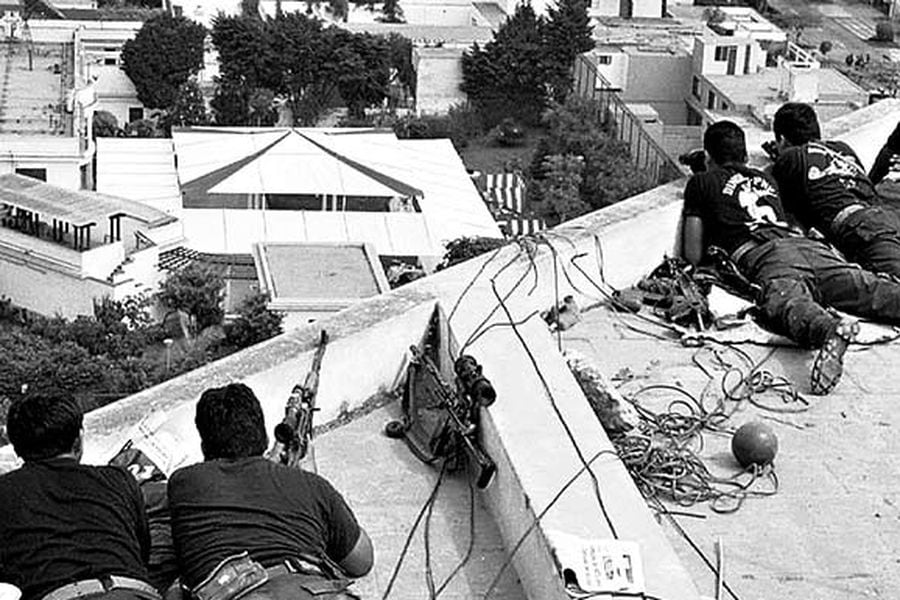

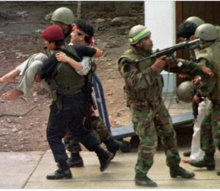
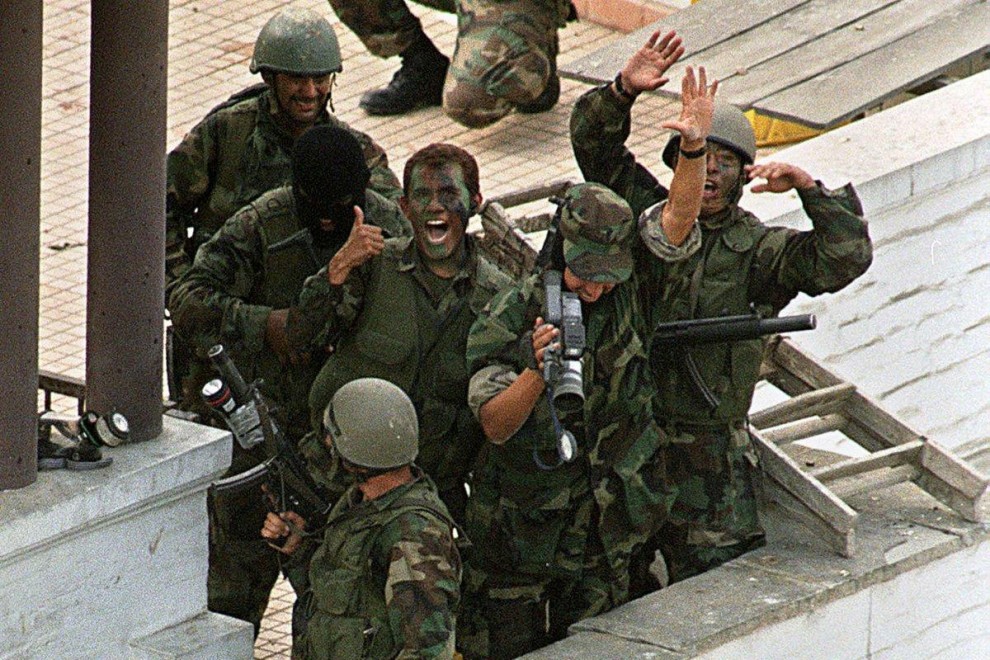

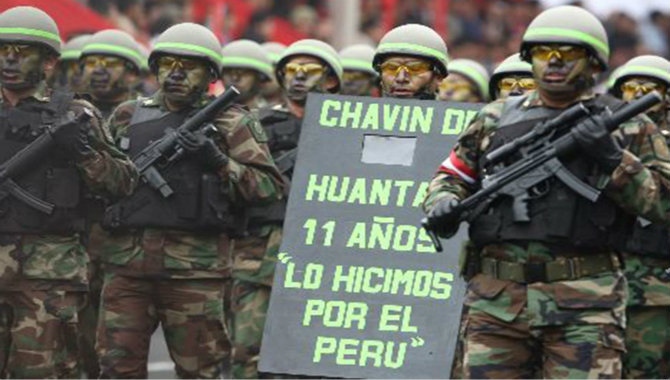

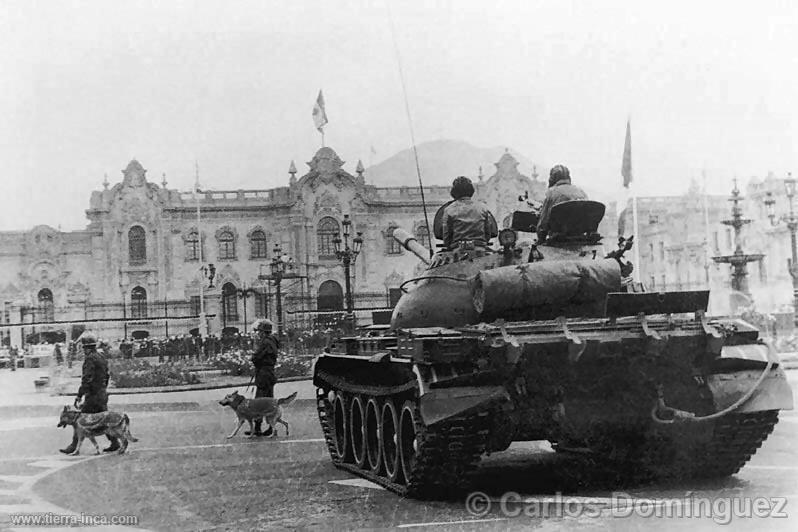







:quality(75)/cloudfront-us-east-1.images.arcpublishing.com/elcomercio/DATIM25ZEZGODLGTUPIRNY7MFY.jpg)
